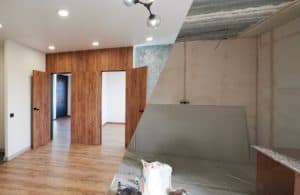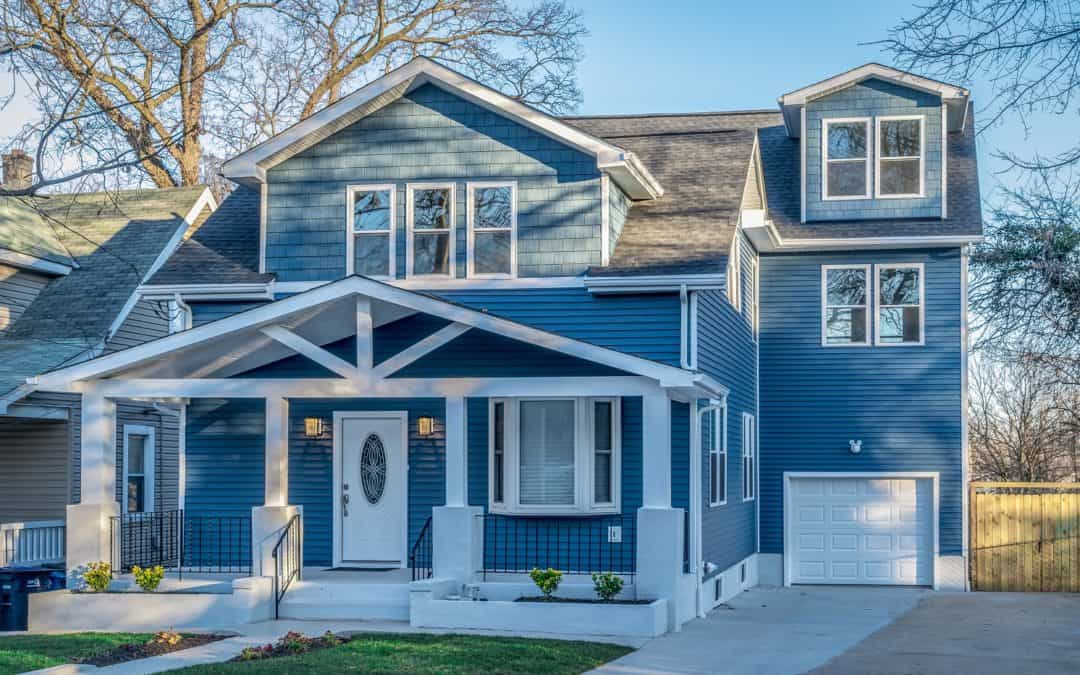Buying a period home is always about taking risks. Most of these properties are in poor condition and require extensive repair and renovation. However, these period houses can still be a great deal if you know how to flip wisely.
On the other hand, it takes great effort to restore a period home. Like building a new house, you’ll need to spend time planning and hiring experts to ensure it’s safe and comfortable to live in. An old property may look worn down at first, but you can make it look brand new if you take the right steps.
That said, here are seven steps to restore a period home.
1. Fix Structural Defects
Period homes are always at risk for structural defects. No matter how rigid the structure is, it can still degrade and weaken over time. Exposure to harsh weather and pest infestation are the common causes.
Before dealing with cosmetic damage, it’s best to look for structural issues first. It’s a crucial step to ensuring home safety. Getting help from home renovation and building experts will help determine and fix the problems.
Fixing structural defects before anything else can also help maximize your budget. Significantly, spending your time and budget on the essentials is the most practical choice in home restoration. Meanwhile, investing in home safety and security should always be every homeowner’s priority.

2. Look For Signs Of Water Damage
Water damage restoration is a common problem in period homes, especially if they’ve been unoccupied for a long time. In locations prone to hurricanes and harsh winters, this issue is inevitable. Whether you see clear signs of water damage or not, hiring an expert for inspection is a must.
Some indications of water damage are wall discoloration, damping, and warped floors. Hence, it’s best to start checking the areas prone to water damage, such as the basement, kitchen, and bathrooms. Also, check the basement walls for leaks.
Plumbing issues and poor waterproofing commonly cause water damage. Thus, repairing the plumbing system and upgrading the waterproofing layers of a period home increases its value as it prevents problems from resurfacing in the future.
3. Deep Clean
Deep cleaning before the renovation reveals all the hidden issues in the house. On the other hand, it’s also imperative after the restoration to ensure no construction materials and harmful chemicals are left inside the property.
During a deep cleaning, don’t forget to pressure wash the roof, exterior walls, driveway, yard, and fences. This step will increase the curb appeal of the property. Meanwhile, removing all the dirt, mold, and dust creates a clean canvas for repainting the walls and fences.
Moreover, cleaning the vents and ducts is also a must. For a period home property, there’s always a higher risk of mold and mildew formation. Keeping the ducts clean ensures proper airflow and excellent air quality.
4. Upgrade The Insulation
Proper insulation is crucial to a safe and comfortable home. Most period properties have poor insulation due to outdated materials and deterioration over time. Upgrading it is one of the critical steps during restoration.
Installing new insulation improves the thermal efficiency of a period home. One of the most practical options is spray foam insulation which can last between 80 and 100 years. It can fill even small cavities and prevent water leakage and mold formation.
Another factor that improves the home’s insulation is the window type. In most period properties, the windows only have a single panel. To maximize the home’s thermal efficiency, replacing them with double- or triple-glazed windows is ideal.
5. Install New Floors
Restoring a period home’s flooring depends on its current condition. For instance, some old properties with high-quality hardwood floors only need re-sanding and refinishing. However, if the warping is severe, it’s best to install new floorboards.
There are plenty of durable flooring options for restoring a period home. Hardwood and luxury vinyl planks are the best choices for a classic look. However, if you plan to make it look modern and chic—porcelain tiles, epoxy flooring, and concrete will look stunning.
6. Repair And Repaint Walls
Repairing and repainting the walls are steps to restore the home’s functionality and beauty inside and outside. You can make the house look brand new by changing the colors of the walls. Nevertheless, you can always choose to maintain its classic look.
Repainting the exterior walls is essential for keeping the home safe from moisture and liquid. If the house has brick or stone walls, plastering or cement rendering can help make it less porous. Then, apply a coat of waterproof sealant, primer, and paint.
For the interior, it’s best to use quick-dry and low volatile organic compounds (VOC) paint solutions to avoid affecting the indoor air quality during restoration.
7. Enhance Energy Efficiency
Restoring a period home also includes updating its functionality. One way to do it is by making the house more energy efficient. Adding modern energy-saving features can make an old property more livable.
One way to improve energy efficiency is by installing LED lights and energy-saving home appliances. They can reduce your electric bills and help you save more in the future. You can also set up a solar energy system to reduce the home’s environmental impact.
Conclusion
Restoring a period home is challenging but fulfilling. Proper planning and budgeting will allow you to maximize your resources for an impeccable result. When the restoration is done, you’ll realize that older properties are gems waiting to be dusted.

Recent Comments